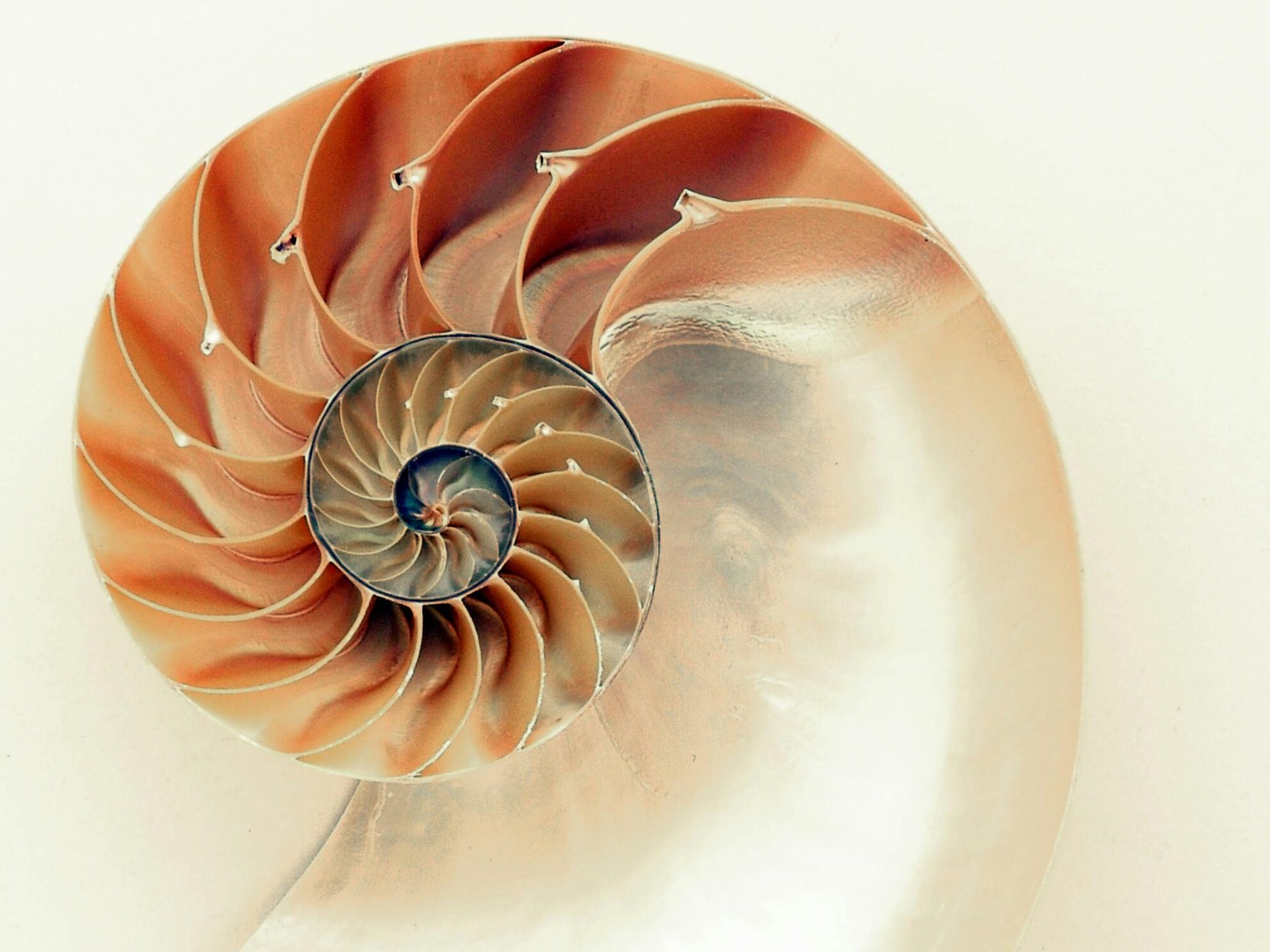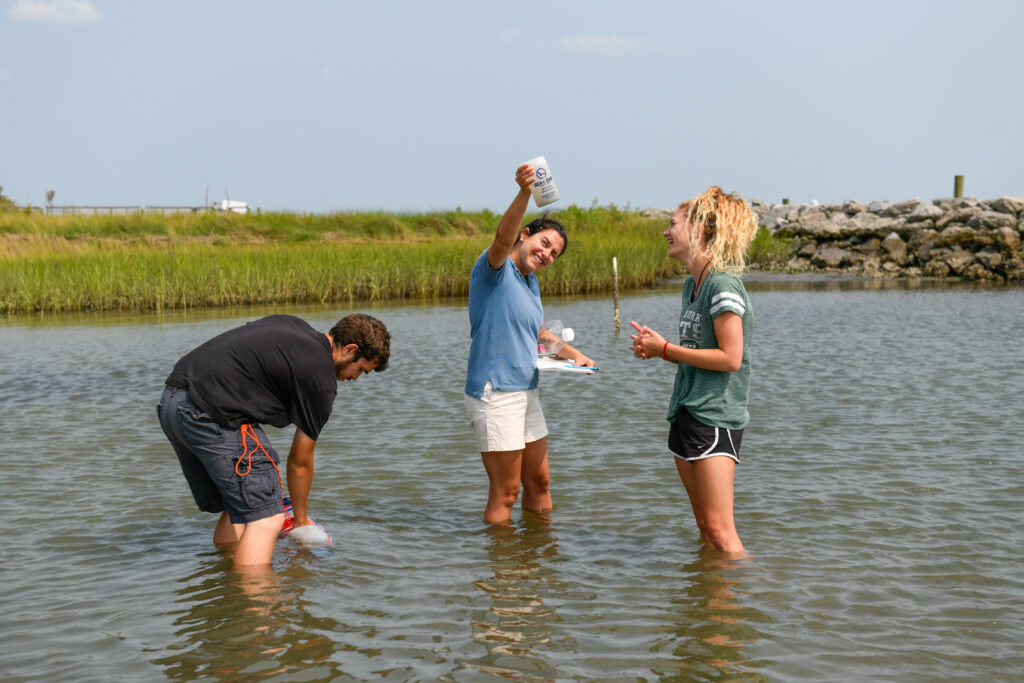What is Biomath?


“All models are wrong, but some are useful.”
-George E.P. Box
Biomathematics uses mathematical models to unravel complex biological phenomena, offering a powerful lens to understand life from the molecular to the global scale.
While experimental biology excels at breaking systems down—from genomes to ecosystems—mathematical models bring the pieces back together, using equations to capture how the system’s components interact dynamically.
These models are essential tools in various fields of biology, including physiology, ecology, evolution, immunology, toxicology, and conservation biology. They help test biological theories, generate new hypotheses, and guide experiments. Beyond basic research, mathematical models provide practical insights into real-world problems. For example, models can predict how effective interventions are at reversing sea turtle population decline or how chemical carcinogenicity data can be scaled to inform human exposure limits. In situations where informed decisions are critical, quantitative models are indispensable.

Despite sounding specialized, mathematical biology spans the entire spectrum of biology and touches on nearly every branch of the mathematical sciences, such as statistics, operations research, and scientific computing.
At NC State’s Biomathematics Program, faculty and students explore a wide range of research areas, from immunology and neurobiology to wildlife management, pharmacokinetics, and environmental toxicology. Their work blends applied biological research with cutting-edge mathematical, statistical, and computational methods. This dual focus allows for both the development of new models and the refinement of techniques to fit those models to real data.
The program has strong interdisciplinary ties across departments like Zoology, Crop Science, and Genetics, as well as research partnerships with leading labs in the Research Triangle Park. Graduates from NC State’s Biomathematics Program are making strides in academia, government, pharmaceuticals, and environmental consulting, among other industries. Whether you’re driven by theory or application, this program offers a gateway to shaping the future of biological science.

Suggested Reading:
A good place to get an idea of what mathematical modeling is all about is an article by Jackson et al. (2000) which appeared in the journal BioScience, volume 50, issue number 8, pages 694-706.
Another good place to look is the February 6th 2004 edition of the journal Science (volume 303) which contains a series of articles on various areas of mathematical biology.
